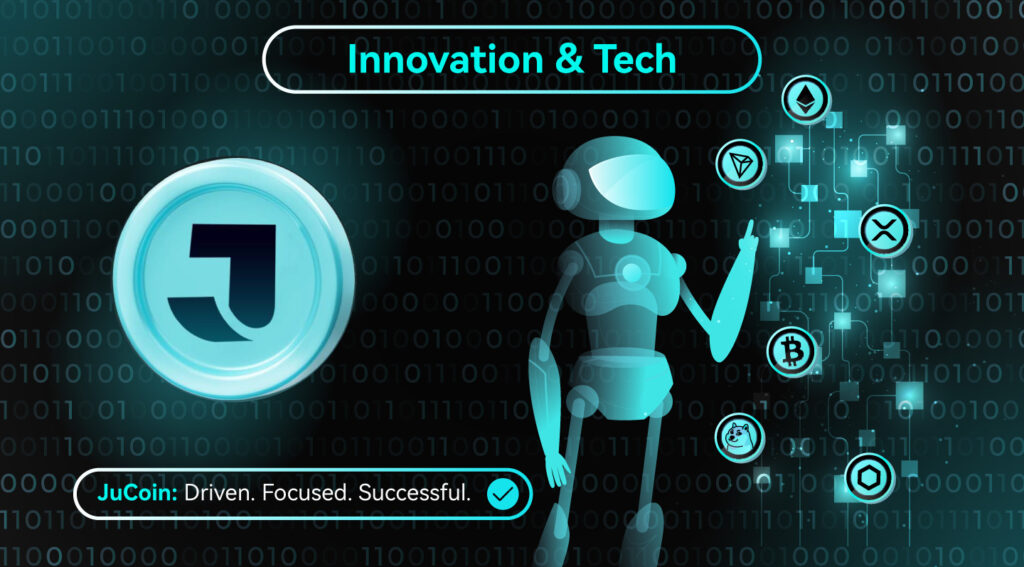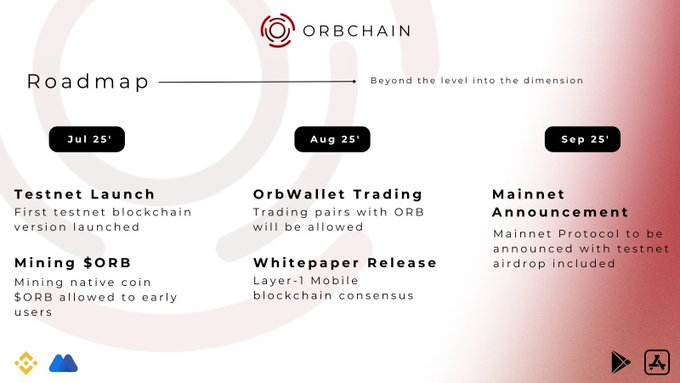
Orbchain aims to package “mining and on-chain interactions” into the mobile browser and app, using a mobile-first Layer-1 to lower learning and hardware barriers. This Innovation and Tech article analyzes Orbchain’s technical path, mobile mining, early token economics, ecosystem and roadmap—and flags key uncertainties.
Summary: Orbchain enables “lightweight mining” on phones via a dApp, promises 1:1 migration of testnet earnings to mainnet, and plans features like OrbWallet trading and OrbSwap. Details are subject to the whitepaper.
Orbchain Project Overview: A Layer-1 Born for the Phone
Orbchain positions itself as a “Layer-1 for mobile devices,” aiming for everyday users to “mine, transfer, and participate in the ecosystem” with only a phone—no dedicated rigs or complex setup. The core proposition is accessibility: present Web2 content and on-chain functions together on mobile to reduce first-time friction and enlarge the potential user base. This positioning and narrative appear clearly in official communications and media notes.
Why put the entry point on the phone?
Traditional mining demands hardware and ops know-how, blocking new users. Orbchain seeks to lower friction with a “mobile node/mobile mining” paradigm. During the testnet, users can start mining and interacting via the dApp at orbchain.org, emphasizing one-tap activation and lightweight asset management.
Technical Architecture: Mobile-First and “Light-Interaction” Path
In its technical narrative, Orbchain stresses the phone as the primary client, unifying content distribution and on-chain actions. The roadmap indicates a forthcoming whitepaper to explain Layer-1 consensus and resource planning for mobile scenarios. From public info, we infer: the front end uses PWA/App to host accounts, notifications, and sessions; the back end relies on lightweight transactions and latency-tolerant synchronization to avoid overloading the handset. Until the whitepaper lands, exact consensus/execution details remain undisclosed.
How is it different from “running a full node on-device”?
On mobile, the client is more likely a light client/session endpoint, with the network handling state execution and secure settlement. For users, experience is key: start anytime, keep “light mining” running without disruption, instantly check rewards, and complete micro-transactions. Orbchain’s technical goal is to productize these “light-interaction” capabilities.
Mobile Mining Mechanics: Flow, Incentives, and User Growth
Per bsc.news summaries, users register at orbchain.org with a Google account, enter the “Mining” section, and activate a session; the system accrues “$ORB” at a base rate in the background, resets every 24 hours, and requires returning to the app/web to renew and claim to avoid losing rewards. Referral links can boost mining rates—expanding social reach and individual output.
Orbchain promises 1:1 migration of testnet earnings and interactions to the mainnet balance, giving early users a predictable expectation. The team has also run small airdrops/giveaways on social channels to lift engagement. Media tallies say daily active users exceeded 150,000 within 15 days of testnet launch (source links point to the official X). All such data and promises should be confirmed by mainnet announcements and the whitepaper.
Orbchain’s “Multi-Asset” Experience
The app currently supports connecting multiple “mobile chains,” letting users mine $ORB and other tokens in one interface, and plans to launch OrbSwap for zero-fee in-app swaps (e.g., between $ORB and $PI/$CPEN/$GRASS). This further unifies “mine—manage—swap” on the phone.
Token Economy: Supply, Burn, and Applications
Media notes say $ORB adopts a fixed-supply design (exact cap not yet public) and already includes a daily burn to reduce float and support long-term scarcity. More supply details (initial allocations, release curves, burn sources) will be finalized in the whitepaper. Near-term uses include: testnet mining output, subsequent trading pairs in OrbWallet, and in-app swaps on OrbSwap. For value capture, the “parameter linkage” between fees and burns remains to be disclosed.
What this means for participants in practice
For early users: keep daily check-ins/mining active and watch the 1:1 migration plus claim windows. For builders: watch how $ORB supply/burn parameters and the application loop (trading, swaps, fees) tie together into real usage. All subject to official docs.

Ecosystem & Progress: From OrbWallet to Mainnet Readiness
According to the roadmap, after the testnet launch, August focuses on OrbWallet trading and pair listings; then the whitepaper explains mobile L1 consensus; September announces mainnet—protocol upgrades and airdrops for testnet users—migrating testnet transactions and balances onto the mainnet ledger. On the app layer, multiple “mobile chains” and content hubs are being integrated to strengthen the one-stop experience. Official updates center on X (@OrbChainX).
Why this path is critical for Orbchain
For a new L1, the cadence “productization (mining/wallet/swap) → formal consensus spec → mainnet” minimizes cognitive load, binds participation proofs (testnet contribution) to mainnet entitlements, boosts early retention, and anchors a real user cohort. Orbchain is progressing along this track.
Roadmap & Risk Watch
Milestone verifiability: testnet DAU, 1:1 migration, and airdrop promises need mainnet announcements and on-chain stats. Track launch posts and explorer metrics.
Unclear tokenomics: fixed supply, burn ratios, and fee models lack detail; expectations may diverge and cause volatility in the short term.
Feature delivery risk: “zero-fee” OrbSwap and multi-chain aggregation are UX designs that still depend on contract readiness and liquidity.
Compliance & risk control: mobile growth often rides referral loops; beware task-farm traffic vs. retention gaps and regional compliance limits.
FAQ
Q1: How is Orbchain different from a typical “mobile mining app”?
A: Orbchain embeds “mobile mining” directly into its Layer-1 product path, stressing 1:1 migration from testnet to mainnet and an application loop—rather than a simple points/airdrop tool.
Q2: How do I start mining on Orbchain?
A: Register with a Google account at orbchain.org, open the mining entry, and activate a session; sessions reset every 24 hours—return to claim and renew. Referrals can boost the rate.
Q3: Will testnet-minted $ORB be wiped?
A: Official info says mainnet will migrate balances 1:1 and airdrop active participants; rely on announcements for specifics.
Q4: Are $ORB supply and burn finalized?
A: The direction is “fixed supply + daily burn,” but exact cap, unlocks, and burn parameters await the whitepaper.
Q5: What other features exist in the Orbchain ecosystem?
A: OrbWallet trading pairs, planned OrbSwap (zero-fee in-app swaps), and multi-mobile-chain aggregation.
Q6: How to follow Orbchain’s official updates?
A: Track the official X (@OrbChainX) and website; BSCN features will also post ongoing updates.
Key Takeaways
Clear positioning: Orbchain uses “mining and on-chain via phone” as the entry, lowering barriers for new users.
Product loop: mining—wallet—swap trio, plus 1:1 migration and airdrops, to reinforce early retention.
Open variables: total cap/release/burn tokenomics await the whitepaper; keep tracking mainnet data and notices.




